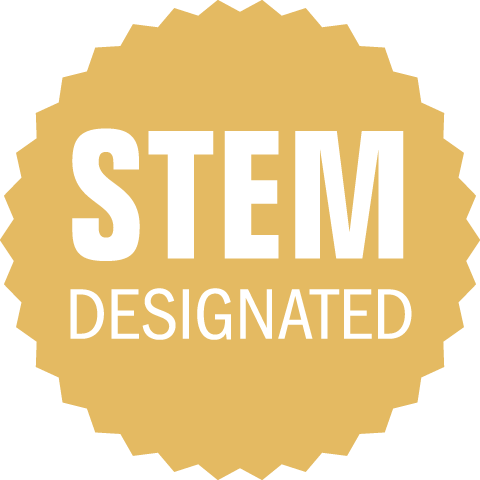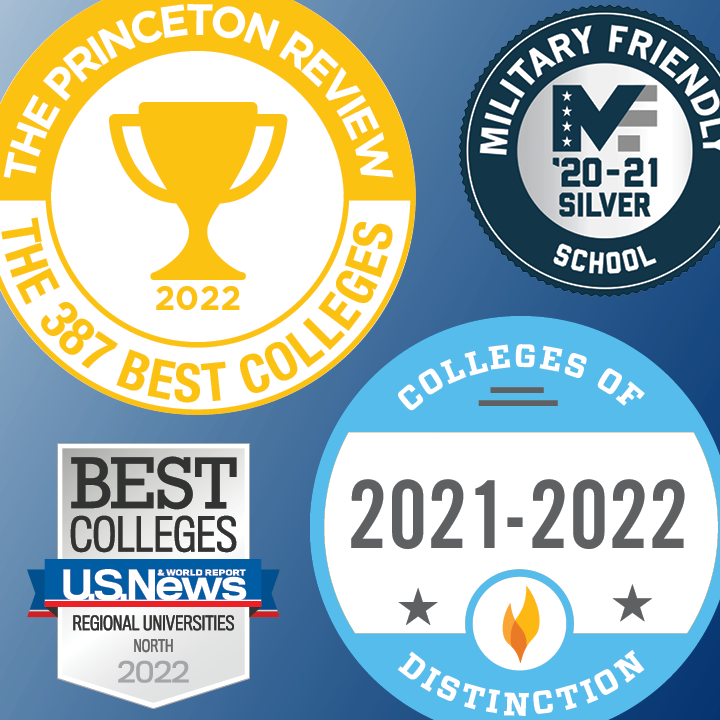

UX is the experience a user has while interacting with a product, service, system, or any designed artifact. UX Design applies human-centered design methods to complex systems that enhance human experiences, focusing on the interfaces between people, products and systems.
For example, is a website visually appealing? Does it have a clean layout and consistent branding? Is an application easy to navigate? Is the information the user is seeking prominently displayed with responsive design and touch-friendly elements? UX design also extends beyond the digital world. For example, are products in a retail store arranged logically to guide customers effortlessly through their shopping experience, with clear signage and easy access to items? In a hospital, are the appointment scheduling process and waiting room experience improving the quality of service patients receive? Whether it’s a digital product or a physical environment, UX design is about understanding how people interact with products, services, and spaces and ensuring that these interactions are as intuitive, efficient, satisfying, and user-friendly.
Our program fills a significant gap in the current program offerings in Connecticut. While other institutions incorporate some UX design courses in their graduate degree programs, ours is the only one that offers a degree specifically tailored to UX design.
The U.S. Bureau of Labor Statistics reports that jobs for UI (user interface)/UX designers will grow by 23% from 2021 to 2031 — much faster than for other occupations. The terms UI and UX may be used interchangeably, but there is a difference between the two areas. UI design refers to the visual elements (e.g.,buttons, icons, etc.) of a digital product, whereas UX design is about the product's overall usability and the quality of human-machine interactions.
The average salary of a UX designer in the U.S. is $110,392 per year*. But where do you want to live? Here’s the breakdown of a UX designer on staff's average income by city:
New York
Los Angeles
Chicago
This course provides an overview and introduction to human-centered design. The nature of human-machine interactions will be studied, with an emphasis on improving UX for accessibility and inclusivity. Students will learn how to use prototypes to explore, test, and communication design ideas.
This course covers the conceptual skills and issues pertaining to the design of interfaces for digital products, with a comprehensive investigation of the interface design process. Students will learn to design interfaces that are meaningful to users and applicable to a range of contexts: web, mobile, desktop, and beyond. Emphasis will be on aesthetic issues such as iconography, layout, colors, and typography as well as on site evaluation, content, structure, audience, and industry best practices.
Students will delve into the human psychological side of human-computer interaction, from smart phones to virtual reality. Although the focus will be on cognitive psychology, students will learn concepts relating to human factors of perception, memory, decision making, and social psychology. Each topic will be discussed in the context of UX.
The primary focus of this course is on data visualization tools and techniques. The course will use Tableau Desktop and Tableau Public data visualizations tools. Emphasis will be on connecting to external data sources and transporting data into interactive dashboards.
This course introduces students to the world of augmented, mixed, and virtual reality interfaces and focuses on developing the skills necessary to create user interfaces that enable fully immersive virtual world experiences. The course also will address the diverse challenges and opportunities in user experience design when incorporating AI components in either a structural, agentive, or evaluative role.
The University of New Haven offers a wide variety of in-depth courses that create a transformational educational experience for our students. To view the complete list of courses you'll take while pursuing a M.P.S. in UX Design, check out the Academic Catalog:
Our faculty are leaders and innovators in their fields, bringing both deep professional experience and academic rigor to the classroom.
Get an inside look at what differentiates the University of New Haven and how your experiences as a student will prepare you for success.




All University of New Haven students have access to the many resources available through the University’s Career Development Center, which has been named one of the best in the nation by The Princeton Review.
From career assessments, networking, and job shadowing to on-campus interviews and salary negotiation, the Career Development Center provides the skills and connections to identify a meaningful career and an opportunity to pursue your passion.
Learn MoreAn advanced degree from the University of New Haven will help you take your career to the next level. Each program offers convenient scheduling, personalized attention, and state-of-the-art facilities.
View Application Requirements
The University of New Haven Graduate School is an excellent value with reasonable tuition. Of course, you will still have bills to pay and the Financial Aid office can help.
Learn More